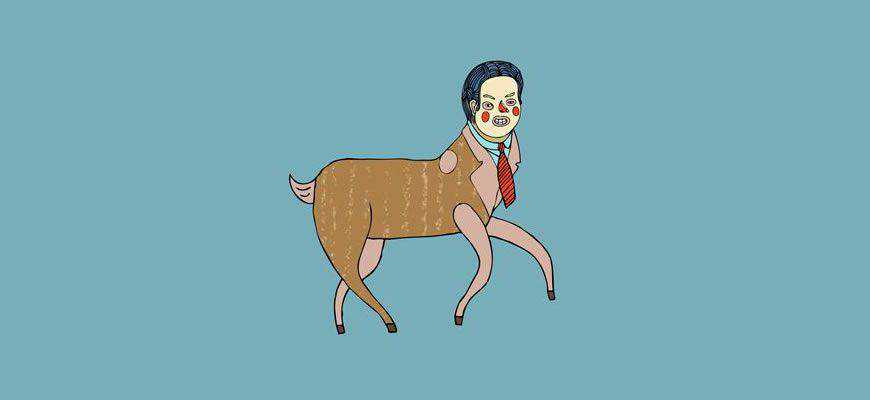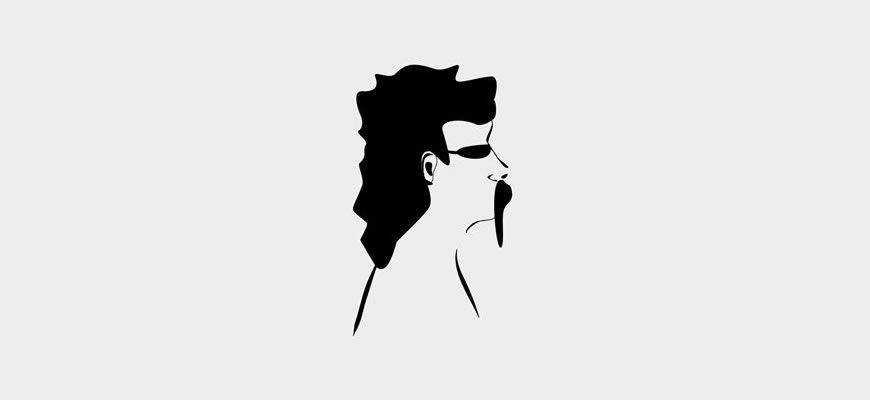The debate between creative personal work and commercial work is one that has been going on since the design industry was born.
Technically, creativity and commerciality can’t exist without each other – you need funding to continue designing, and there would be nothing to design for pay without creativity.
Is there a difference between so-called “commercial” work and work that’s done purely for the joy of creating? Should they be separated?
A Jumble of Confusion?
Should you risk confusing potential clients with a mish-mash of work, or should there be a clear separation of commercial work and weird, creative stuff that is less commercial?
Personally, I think that the best potential clients for you would benefit from seeing the full extent of your creativity. It allows them to more accurately judge whether you’d be a good fit, not just for a one-time project, but also for future work, and any fun opportunities you might miss out on if they only see you as a one-dimensional designer.

But what will it do to your personal brand to mix styles? As I said, it can be a good thing to be weird and creative, because clients may take notice of your creativity. Personal projects are very important to maintain as a designer.
They can help you open up new avenues of creative inspiration that you may never have discovered had you only stuck to your client work. I’ve heard many stories of people being hired for amazing freelance and in-house jobs simply on the basis of a great personal project that got a lot of traction.
Too Weird To Appeal?
On the flip side, you may feel that your personal projects are really, really out there in terms of appeal, and might do more harm than good if you combined them with your professional work. The question becomes: can your personal work actually be too weird to associate with your commercial projects?
Well, yes, it can.

There is such a thing as too much disparity between what you do for clients and what you do for yourself. If that’s the case, just keep them separate. You can make a new brand for your weird stuff, and keep the commercial stuff in its own space.
Analytics & Tracking
Keeping things separate makes it easier to track what’s working to gain you clients, and what’s not. Every piece of work you publish online, personal or professional, is going to contribute in some way to people finding out more about who you are as a designer.
You want to always make sure you’re sending the message you want to send to anyone who is watching. If there’s non-commercial work mixed in with commercial work, it can confuse things as far as tracking and analytics goes.
This goes for any kind of work that you don’t want associated with the work you present to potential clients. Say you did a piece that you’re really not proud of, maybe just for the money or for some other reason. You can’t stand to look at it, but you’re afraid to remove it from your portfolio for some reason. Time to get rid of that thing!
If a potential client sees it and wants to hire you to do the exact same thing, what are you going to say to them?
Never include work that you hated doing in your portfolio, because you’ll often find that that is the exact thing clients will want to hire you for the most.
Don’t believe me? Just do a few more crappy projects and you’ll see for yourself.
Be Like A Mullet
You may have heard of the joking description of the mullet haircut popular in rural areas in the US: business in the front, party in the back. Sometimes, it’s good to organize your design work like a mullet. Yes, I’m serious.

Put your professional work that’s relevant to meeting the needs of your clients front and center, and place your “fun” projects that you work on simply for your own enjoyment on the back burner, to be shared with your friends and other designers who are interested in seeing it.
Even publishing work under two different names can help make the separation clearer to everyone.
The post Separating Your Personal and Commercial Design Work appeared first on Speckyboy Design Magazine.
